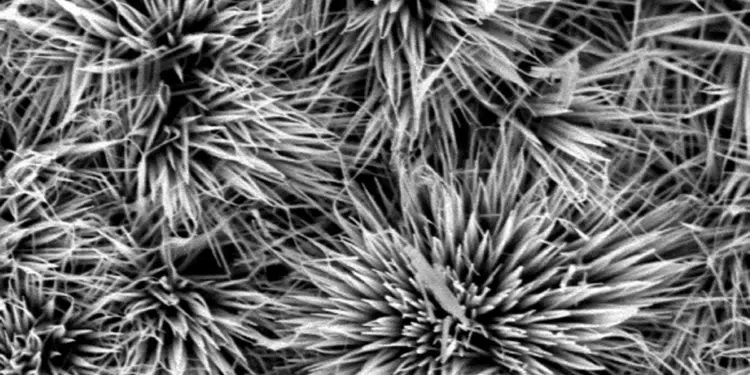A sustainable, powerful micro-supercapacitor may be on the horizon, thanks to an international collaboration of researchers from Penn State and the University of Electronic Science and Technology of China. Until now, the high-capacity, fast-charging energy storage devices have been limited by the composition of their electrodes—the connections responsible for managing the flow of electrons during charging and dispensing energy. Now, researchers have developed a better material to improve connectivity while maintaining recyclability and low cost.
They published their results on Feb. 8 in the Journal of Materials Chemistry A.
“The supercapacitor is a very powerful, energy-dense device with a fast-charging rate, in contrast to the typical battery — but can we make it more powerful, faster and with a really high retention cycle?” asked Jia Zhu, corresponding author and doctoral student conducting research in the laboratory of Huanyu “Larry” Cheng, Dorothy Quiggle Career Development Professor in Penn State’s Department of Engineering Science and Mechanics.
Zhu worked under Cheng’s mentorship to explore the connections in a micro-supercapacitor, which they use in their research on small, wearable sensors to monitor vital signs and more. Cobalt oxide, an abundant, inexpensive material that has a theoretically high capacity to quickly transfer energy charges, typically makes up the electrodes. However, the materials that mix with cobalt oxide to make an electrode can react poorly, resulting in a much lower energy capacity than theoretically possible.
The researchers ran simulations of materials from an atomic library to see if adding another material — also called doping — could amplify the desired characteristics of cobalt oxide as an electrode by providing extra electrons while minimizing, or entirely removing, the negative effects. They modeled various material species and levels to see how they would interact with cobalt oxide.
“We screened possible materials but found many that might work were too expensive or toxic, so we selected tin,” Zhu said. “Tin is widely available at a low cost, and it’s not harmful to the environment.”
In the simulations, the researchers found that by partially substituting some of the cobalt for tin and binding the material to a commercially available graphene film — a single-atom thick material that supports electronic materials without changing their properties — they could fabricate what they called a low-cost, easy-to-develop electrode.
Once the simulations were completed, the team in China conducted experiments to see if the simulation could be actualized.
“The experimental results verified a significantly increased conductivity of the cobalt oxide structure after partial substitution by tin,” Zhu said. “The developed device is expected to have promising practical applications as the next-generation energy storage device.”
Next, Zhu and Cheng plan to use their own version of graphene film — a porous foam created by partially cutting and then breaking the material with lasers — to fabricate a flexible capacitor to allow for easy and fast conductivity.
“The supercapacitor is one key component, but we’re also interested in combining with other mechanisms to serve as both an energy harvester and a sensor,” Cheng said. “Our goal is to put a lot of functions into a simple, self-powered device.”
More information: Yunjian Chen et al. Significantly improved conductivity of spinel Co3O4 porous nanowires partially substituted by Sn in tetrahedral sites for high-performance quasi-solid-state supercapacitors, Journal of Materials Chemistry A (2021). DOI: 10.1039/D0TA12095B































